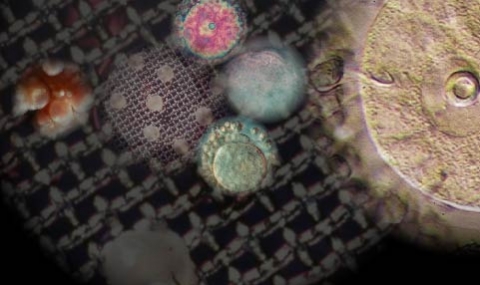The vast majority of the growing follicles undergoes degeneration, through atresia, rather than ovulation. Examination of the mechanisms which determine whether a follicle will ovulate or undergo atresia was impeded due to the ability to recognize atresia only in retrospect. Ruth Tal-Braw introduced several in vivo (blocking pre-ovulatory surge of LH by repeated Nembutal -treatments or hypophysectomy and vitro approaches for inducing atresia of pre-ovulatory follicles that allowed detailed examination of biochemical changes in the follicle prior to the development morphological changes. These studies revealed that follicular atresia is associated with increase in progesterone production (32, 33, 36, reviewed in 56), followed by reduced androgen and estrogen, due to abrupt reduction in lyase activity in the rat (fig.15; 68).
Spontaneous maturation of oocytes in atretic follicles was associated with an increase in
oocyte respiration (48), similar to that observed in ova maturing normally in response to the ovulatory stimulus and the fertilization rate and development to 2-cell stage in vitro of such oocytes was similar to that of ova from healthy follicles (24). With the first indications that atresia is associated with follicle cell apoptosis, as described by Hsue's lab, explanted follicles became widely used for the analysis of granulosa cell apoptosis. Collaboration with Aaron Hsueh at Stanford (112, 115; 119) and Atan Gross at the Weizmann Institute (135, 144) extended these studies.


